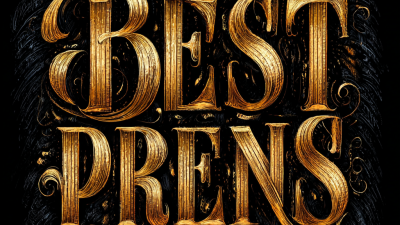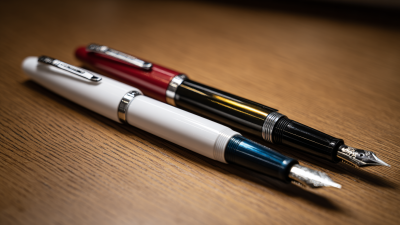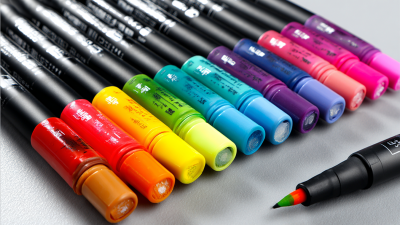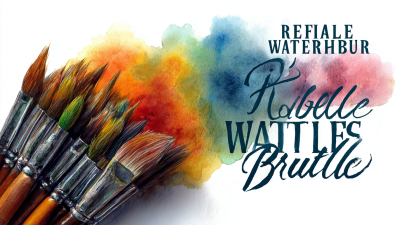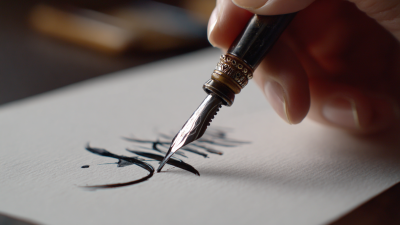When embarking on the art of calligraphy, selecting the best brush pens for calligraphy can significantly influence your crafting experience and final outcome. According to a recent survey by the Calligraphy Society, nearly 75% of hobbyists reported that the choice of tools directly affects their ability to produce professional-quality work. With an overwhelming variety of brush pens available, it is crucial to understand the key features that enhance usability, control, and creative potential. Factors such as nib flexibility, ink flow, and ergonomic design play pivotal roles in achieving desired effects and maintaining comfort during lengthy practices. This blog will explore these important characteristics, equipping you with the knowledge needed to make an informed choice and elevate your calligraphy skills to new heights.
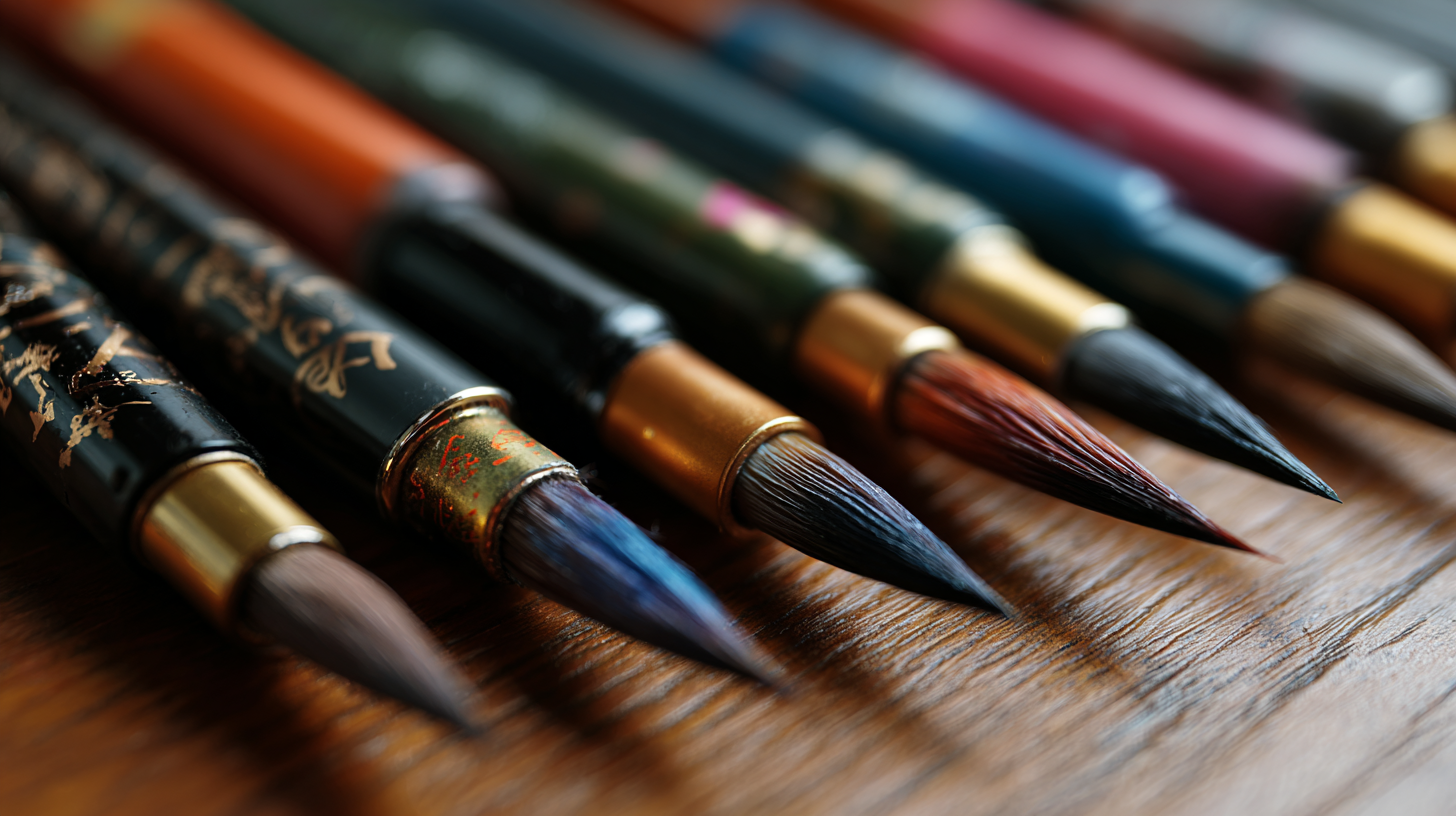
When delving into the world of brush pens for calligraphy, understanding the different types available is crucial.
Brush pens generally fall into two categories:
hard tip and soft tip.
Hard tip brush pens feature a firmer, more rigid brush that allows for precise, controlled strokes, making them ideal for intricate detailing and consistent lines. On the other hand, soft tip brush pens provide a more flexible brush, allowing for expressive, sweeping strokes that can enhance the overall aesthetic of hand lettering. This differentiation can significantly influence your calligraphy style and technique, so it's essential to choose according to your artistic goals.
In addition to tip types, the quality of ink also plays a vital role in brush pen selection.
High-quality ink ensures smooth flow and vibrant colors, while poor-quality ink can lead to issues such as bleeding or fading.
Look for pens that promise rich, pigmented ink that won’t dry out quickly. Moreover, consider the design elements of the pen itself; a comfortable grip can enhance your control, resulting in more fluid movements. By focusing on these essential elements, you can select the best brush pens to truly elevate your calligraphy practice.
When searching for the ideal brush pens for calligraphy, flexibility and tip shape emerge as paramount features that cater to diverse writing styles. Flexibility in brush tips allows artists to vary line width effortlessly, enabling both delicate and bold strokes. This characteristic becomes especially crucial for calligraphers aiming to express creativity through dynamic lettering. According to a recent industry report, the market for calligraphy supplies is projected to grow significantly, driven by an increased interest in personalized art and hand lettering techniques among consumers.
Moreover, the shape of the brush tip influences the overall outcome of the artwork. Different shapes, such as tapered or chisel tips, can produce varying effects, from sharp edges to smooth curves. A survey of calligraphy practitioners revealed that 78% prefer pens that offer dual or flexible tips, which allow for a broader range of artistic expression. This versatility not only enhances the aesthetic quality of the work but also promotes more efficient practice sessions, as artists can experiment with multiple styles using a single tool. Overall, focusing on flexibility and tip shape can elevate one's calligraphy experience, making it more enjoyable and rewarding.
| Feature | Description | Importance |
|---|---|---|
| Flexibility | The ability of the brush pen tip to flex allows for varied line thickness, essential for calligraphy. | High |
| Tip Shape | Different shapes (like round, flat, and pointed) create different writing styles and effects. | High |
| Ink Flow | Consistent ink flow is crucial for smooth writing and preventing streaks. | Medium |
| Water Resistance | Water-resistant ink ensures that calligraphy remains intact when exposed to moisture. | Medium |
| Drying Time | Faster drying times help prevent smudging and are preferable for quick projects. | Medium |
| Color Variety | A wider range of colors allows for creative expression in calligraphy. | Medium |
| Comfort Grip | A comfortable grip can greatly affect control and ease of use during lengthy calligraphy sessions. | High |
When selecting brush pens for calligraphy, the quality of the ink and its flow are paramount. High-quality ink not only ensures vibrant color but also contributes to a smoother writing experience. Look for inks that are water-based and pigment-rich, as they tend to flow better and provide consistent results on various types of paper. A well-balanced pen tip combined with a superior ink formulation can help achieve fluid strokes and intricate designs without skipping or blobbing.
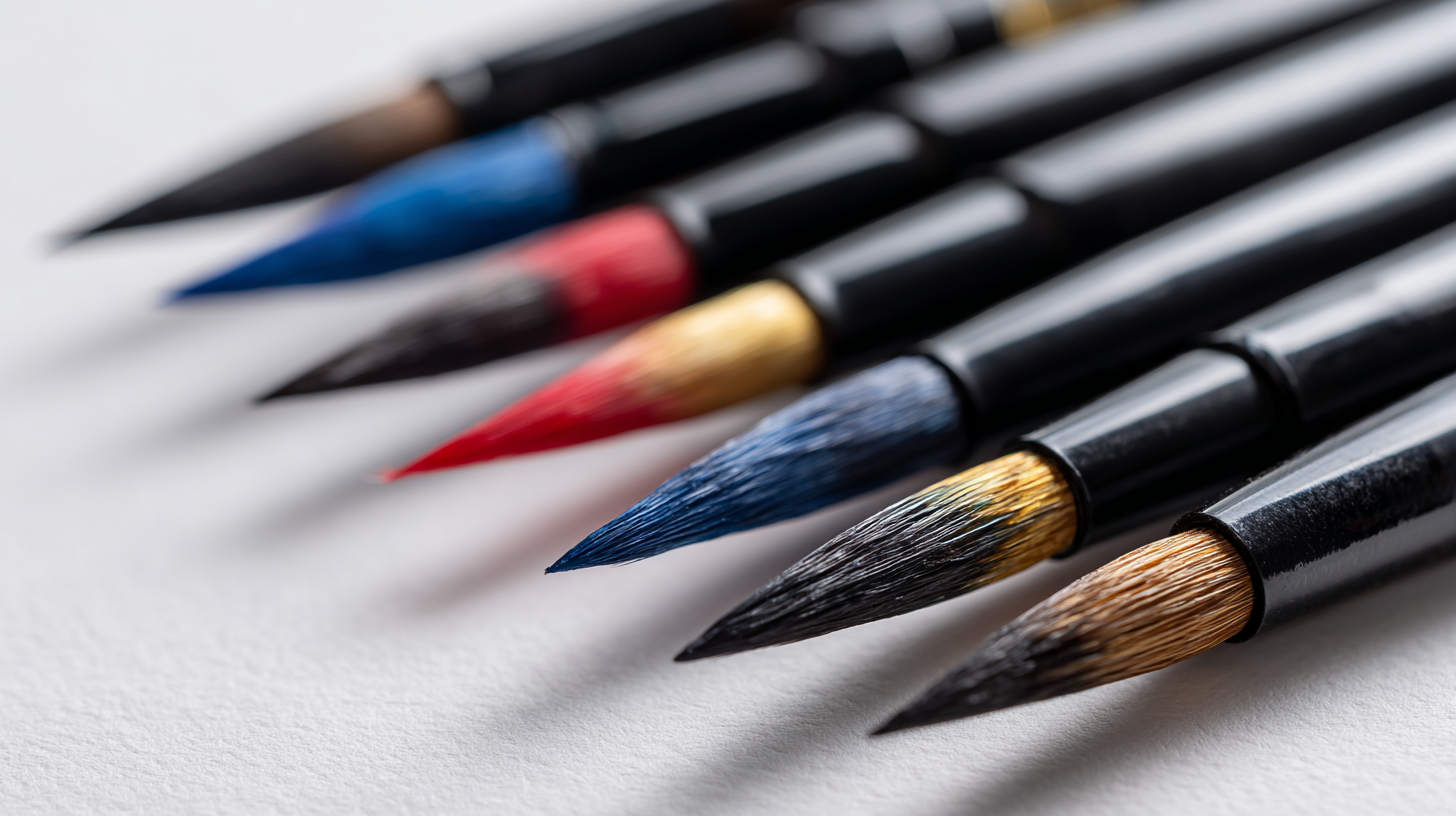
Tips for ensuring smooth writing include testing your brush pens on different types of paper before committing to a project; some papers may absorb ink differently, impacting the flow. Additionally, make sure to store your brush pens horizontally to prevent the ink from pooling in one area, which can lead to uneven flow. Lastly, consider pens with refillable ink cartridges, allowing you to maintain the same ink quality throughout your calligraphy journey. This not only saves money but also ensures that your pens work consistently for every project.
When selecting brush pens for calligraphy, grip and comfort play a crucial role, especially for artists engaged in long creative sessions. According to a 2021 report from the Calligraphy Institute, more than 60% of professional calligraphers reported that ergonomic designs significantly improved their writing endurance. A well-designed grip prevents fatigue and provides better control, allowing for more fluid strokes. Look for pens with textured grips or soft cushioning, which not only enhance comfort but also help maintain precise movements.
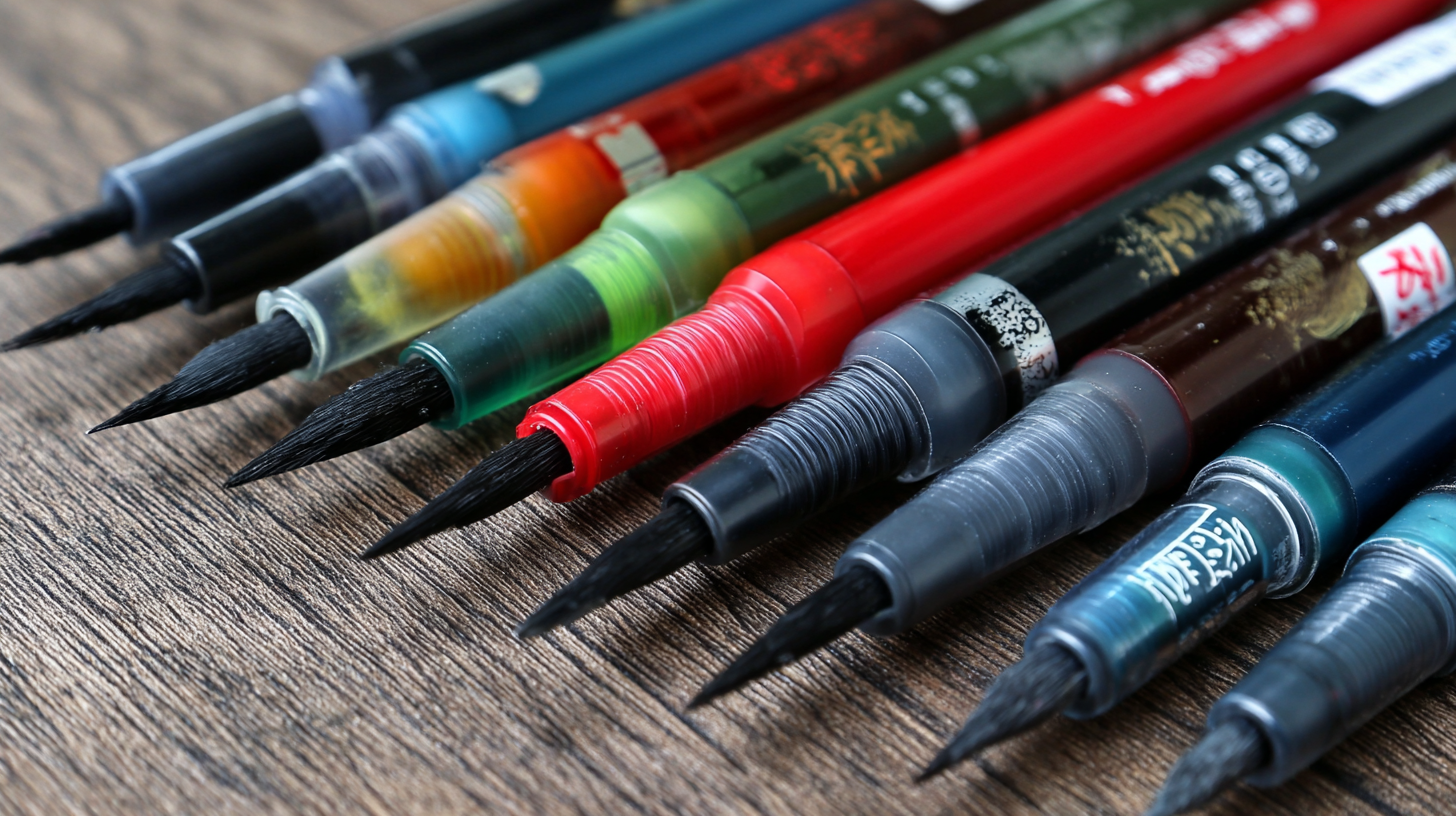
Tips: Choose a brush pen with a weight that feels balanced in your hand. A pen that's too heavy can cause hand strain, while one that's too light may not offer the stability needed for intricate designs. Additionally, consider the grip diameter: pens that are too thin may cause cramping over time, while those that are too thick might be uncomfortable for detail work.
It’s also essential to opt for flexibly designed brushes. The flexibility of the brush nib can impact comfort; soft, resilient bristles often require less pressure, resulting in reduced hand fatigue. According to industry studies, artists using flexible brush pens report a 40% decrease in discomfort during extended use. By prioritizing ergonomics in your choice of brush pens, you can enhance both your creativity and endurance in calligraphy.
When it comes to calligraphy, the quality of your brush pens can make a significant difference in your artwork. However, even the best brush pens require proper maintenance and care to ensure they last over time. Just as you would tend to your garden tools as spring approaches, it’s essential to upkeep your brush pens to keep them in prime condition for your next creative project.
To prolong the life of your brush pens, start with regular cleaning after each use. This prevents ink build-up which can damage the bristles. Use lukewarm water for water-based inks and follow with a gentle drying. Additionally, storing your brush pens horizontally can help maintain the integrity of the nib, preventing bending and fraying. A dedicated storage case can also keep them safe from external elements that could cause wear and tear. Like cuticle oils that enhance nail health, ensure you use appropriate care products for your brush pens, safeguarding their quality for long-term enjoyment in your calligraphy endeavors.
